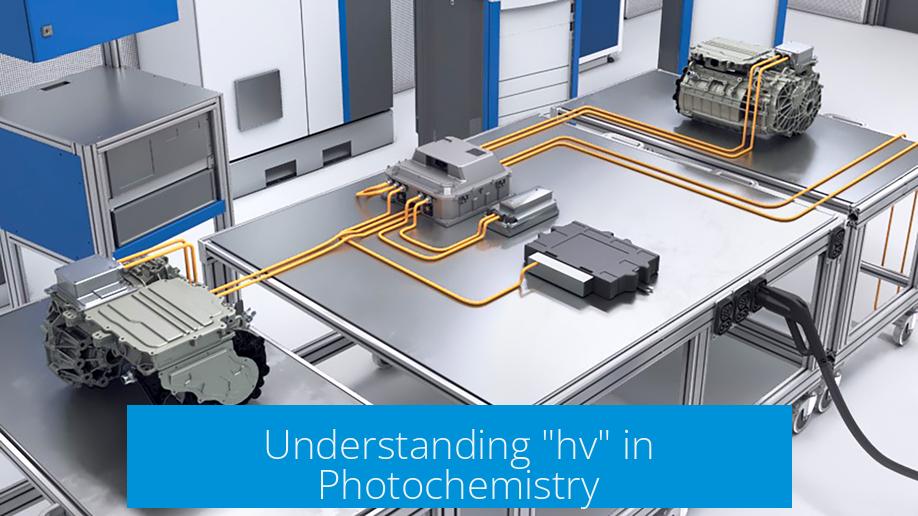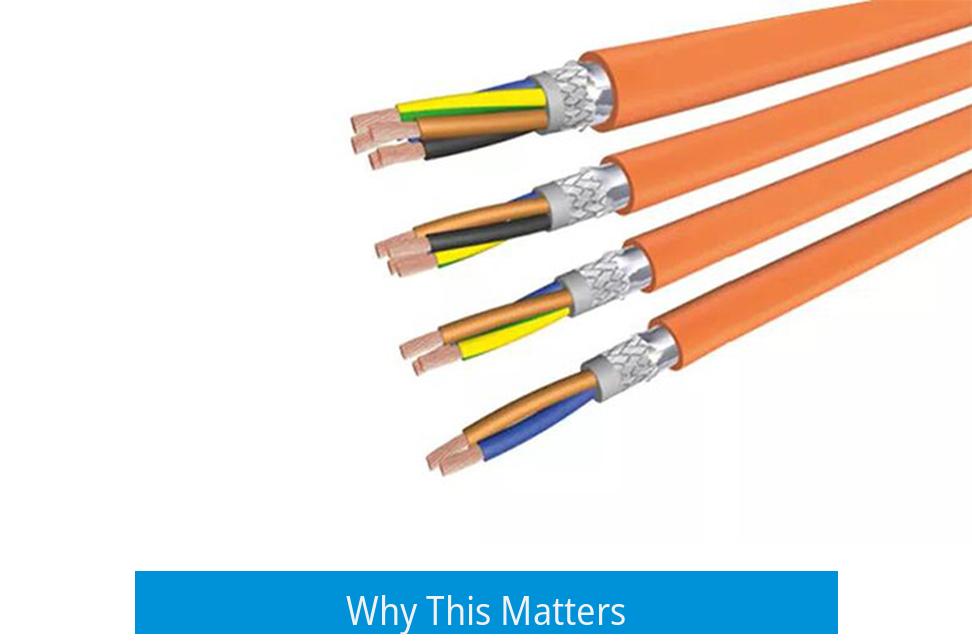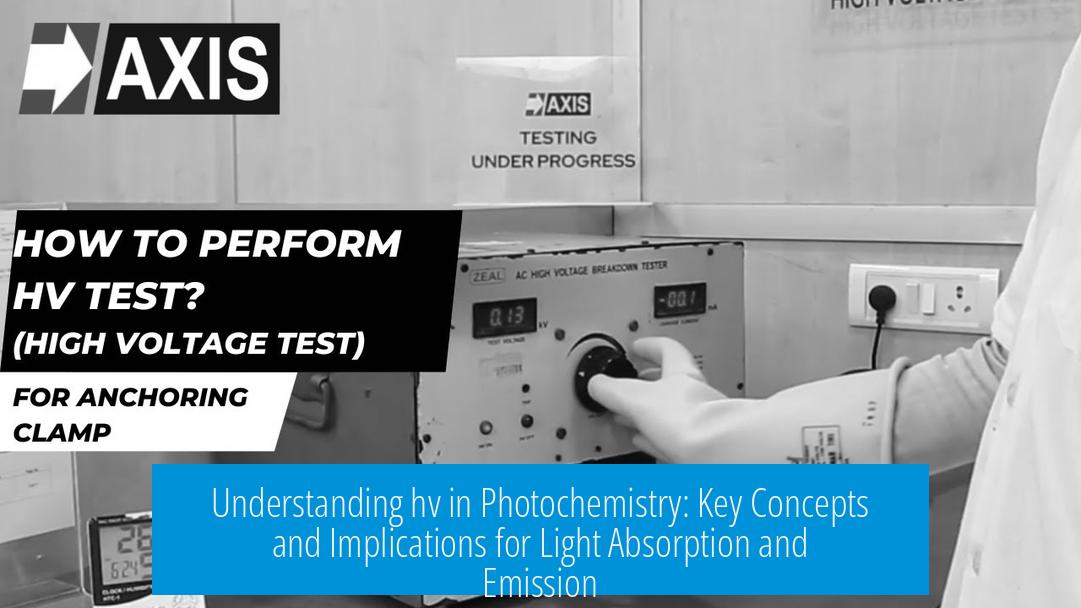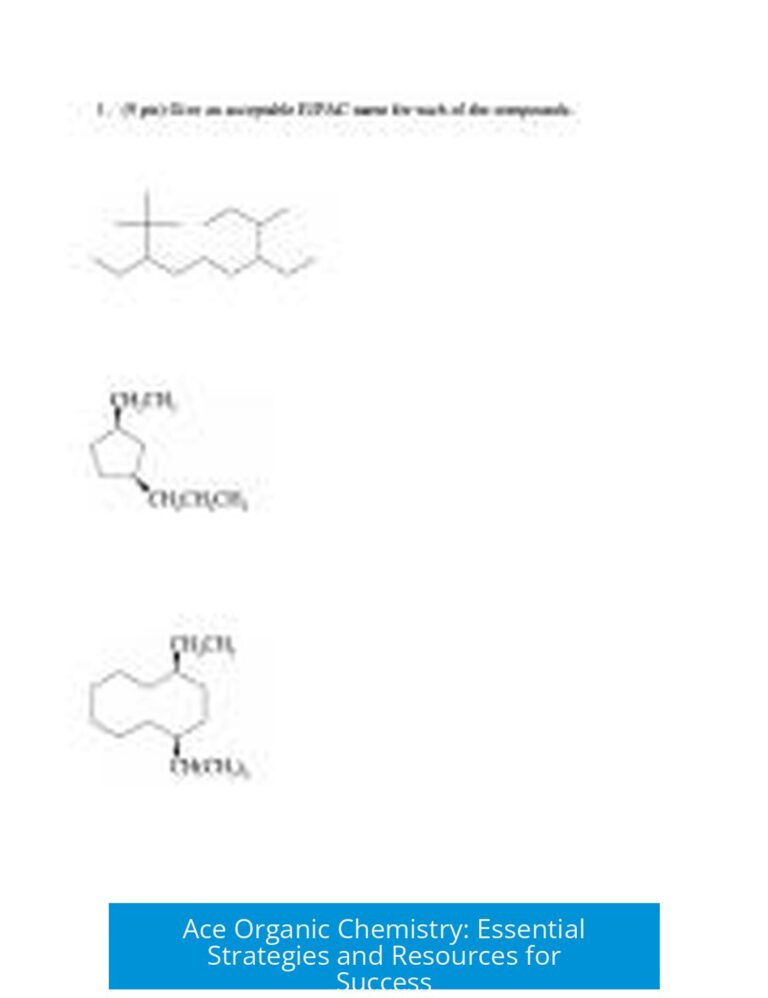Understanding “hv” in Photochemistry

The term hv represents the energy of a photon, combining Planck’s constant (h) and the frequency of radiation (v, the Greek letter nu). This expression quantifies the energy carried by light’s fundamental particle, crucial in processes like light absorption, emission, and photochemical reactions.
The Meaning and Representation of hv
In physics and chemistry, particularly in photochemistry, the symbol hv encapsulates the fundamental concept of photon energy. Here, h stands for Planck’s constant, a fixed value approximately equal to 6.626 × 10-34 joule seconds (J·s). The letter v denotes the frequency of electromagnetic radiation. Notably, the v used is actually the Greek letter nu (ν), which looks like a Latin “v” but represents frequency.
Mathematically, the energy of a photon is:
E = hν
This means that each photon carries energy proportional to its frequency. Higher frequency light (such as ultraviolet) has photons with more energy than lower frequency light (such as infrared).
Why This Matters

- The hv term allows calculation of photon energy directly from measurable frequency values.
- This energy quantification explains how light interacts with matter at a quantum level.
- It underpins many photochemical and physical processes like absorption, emission, and electronic excitation.
Difference Indicated by “hv’”
The notation hv’ is a variation of hv that indicates a different photon energy. This distinction is vital in fluorescence and phosphorescence studies. Typically, when a molecule absorbs light at energy hv, it can later emit light at a different frequency and thus energy hv’.
In practical terms, if hv is the energy of the absorbed photon, hv’ represents the energy of the emitted photon, which often is of lesser magnitude due to non-radiative losses and molecular relaxation.
Key Points
- hv’ symbolizes emission energy, distinct from the absorption energy hv.
- The difference further explains phenomena like Stokes shift, where emitted light has longer wavelength (lower energy) than absorbed light.
- This concept clarifies energy transitions within molecules interacting with light.
Energy of Photons and Relation to Light Absorption
Absorption of light by molecules involves energy transfer from a photon. When a photon with energy hv hits a molecule, the energy may promote the molecule to an excited electronic state. This state contains more energy than the molecule’s ground state.
Representing the molecule as R, the process follows:
R + hv → R*
Here, R* signifies the excited state after photon absorption. The energy of the absorbed photon must match or exceed the energy gap between the ground and excited states for absorption to occur.
Implications of Excited States
- Molecules in excited states are more reactive or unstable.
- Excitation can lead to various outcomes like chemical reactions, relaxation by heat, or emission of light.
- This principle is foundational to fields such as photochemistry, spectroscopy, and photophysics.
Emission Process and hv’
Once a molecule reaches the excited state, it often returns to the ground state by releasing energy. One pathway is the emission of light, represented as:
R* → R + hv’
The photon emitted carries energy hv’, which usually is less than the absorbed energy hv due to energy dissipation through non-radiative processes. This emission is visible as fluorescence or phosphorescence depending on the mechanism and timescale.
Emission Characteristics
- Fluorescence involves rapid emission immediately after excitation.
- Phosphorescence features delayed emission with different kinetics.
- The energy of emitted photons (hv’) helps reveal molecular structure and environment.
Significance of hv and hv’ in Photochemical Reactions
Molecules in an excited state have elevated energy levels, which can be transferred or utilized in chemical reactions. The diagram below summarizes these fates:
| Excited Molecule (R*) Possible Fates | Description |
|---|---|
| Emission (Light Release) | Release excess energy as hv’. |
| Non-Radiative Decay | Energy dissipates as heat. |
| Chemical Reaction | React with other molecules, changing chemical structure. |
In cases where R* reacts chemically, photon energy serves as the activation energy, facilitating reactions that may not occur in the dark. This is vital in processes like photosynthesis, photopolymerization, and photodynamic therapy.
Why This Matters
- Photochemical reactions often rely on absorbed energy (hv) to proceed.
- Energy transfer during emission (hv’) helps detect and analyze chemical processes.
- The interaction between light and matter governs many natural and synthetic pathways.
Summary of Key Concepts
- hv represents the energy of a photon, the product of Planck’s constant (h) and radiation frequency (v, Greek nu).
- hv’ denotes photon energy of emitted light, often less than absorbed energy hv.
- Absorption of a photon excites molecules from their ground to excited states (R → R*).
- Excited molecules can release energy by emitting photons (hv’), transferring heat, or undergoing chemical reactions.
- These processes explain fluorescence, phosphorescence, and photochemical reaction dynamics.
What does “hv” represent in photochemistry?
“h” is Planck’s constant, and “v” (nu) is the frequency of radiation. Together, “hv” denotes the energy of a photon involved in light absorption or emission.
How is “hv'” different from “hv”?
“hv'” indicates the energy of emitted light, which is usually different from the absorbed light energy represented by “hv”. It often corresponds to light released during emission.
Why do molecules get excited when they absorb “hv” energy?
Absorption of photon energy “hv” raises a molecule to an excited state (R*), giving it more energy than in the ground state. This can trigger chemical reactions or emission processes.
What happens during the emission process involving “hv'”?
The excited molecule can release excess energy by emitting light with energy “hv'”. This emission often has lower energy than the original absorbed light.
Can an excited molecule react instead of emitting light after absorbing “hv”?
Yes, after excitation by “hv”, a molecule can transfer energy by reacting chemically with other molecules rather than emitting light or releasing heat.





Leave a Comment